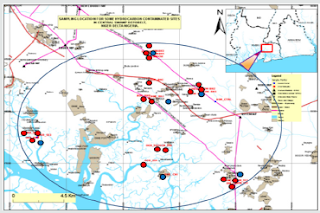Lupine Publishers Publication Ethics Publication Ethics: All
the Journals in Lupine Publishers adheres to the highest possible ethical
standards, for example, by the International Committee of Medical Journal
Editors (ICMJE). If an ethical problem related to a submitted or published
article is referred to the Editorial Board member, then he will evaluate the
problem as outlined by appropriate bodies such as the ICMJE and the Committee
on Publication Ethics (COPE), and take appropriate steps. The following are
problems in the ethics of publication that every author should be familiar
with. Violations of any of the following ethical principles may incur sanctions
described below. Plagiarism All journals published by Lupine Publishers are
committed to publishing only original material, i.e., material that has neither
been published nor is under review elsewhere. Lupine Publisher’s journals as a
participant of plagiarism pro software tool, to detect instances of overlapping
and similar text in submitted manuscripts. Manuscripts that are found to have been
plagiarized from a manuscript by other author(s), whether published or
unpublished, will incur plagiarism sanctions. Duplicate Submission Manuscripts
that are found to have been published elsewhere, or to be under review
elsewhere, will incur duplicate submission/publication sanctions. If author(s)
have used their own previously published work, or work that is currently under
review, as the basis for a submitted manuscript, they are required to cite the
previous work and indicate how their submitted manuscript offers novel
contributions beyond those of the previous work. Citation Manipulation
Submitted manuscripts that are found to include citations whose primary purpose
is to increase the number of citations to a given author’s work, or to articles
published in a particular journal, will incur citation manipulation sanctions.
https://www.slideshare.net/LupinePublishers/lupine-publishers-publication-ethics



